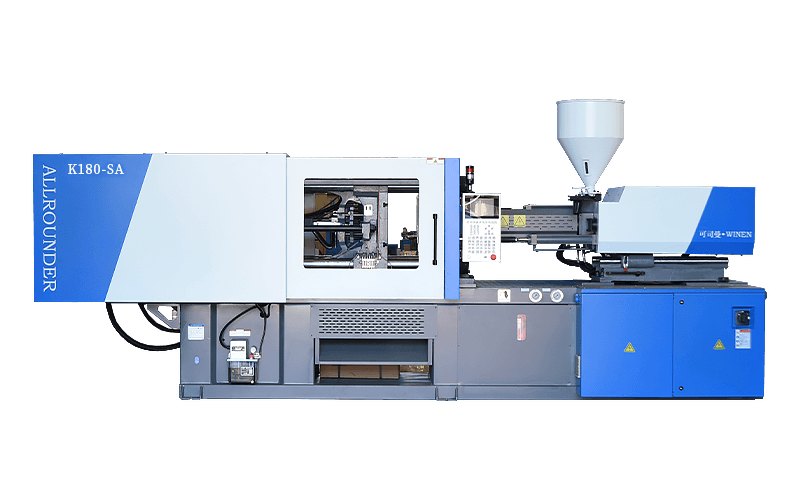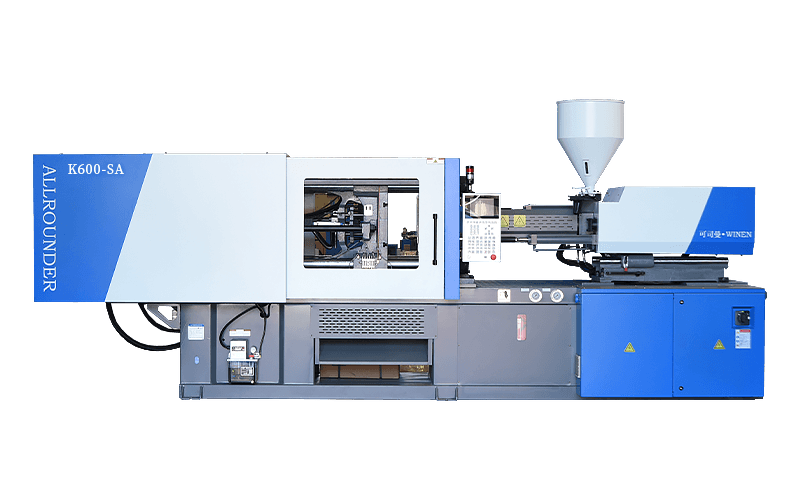Compound injection moulding can be used to enhance the functionalities of products, such as improved chemical resistance, enhanced grip, and a softer and more attractive feel.
Originally used to enhance the appearance of consumer products, the compound injection moulding technique is now very popular. It has been chosen for a variety of applications and can even be used to enhance the functionality of products, such as improved chemical resistance, enhanced grip, softer and more attractive feel.
Compound injection moulding skills: A common material used in compound injection moulding is thermoplastic elastomer (TPE). The range of materials that can be used for compound injection moulding has increased considerably. TPEs such as SEBS, TPE-V, TPE-U, TPE-E and TPE-A are commonly used for compound injection moulding on substrates such as ABS, PC, PC/ABS, PA and SAN.
Whether insert injection moulding or secondary injection moulding is used, thermoplastic elastomers (TPEs) are moulded onto a compatible rigid base material. This results in "soft over hard" products with enhanced functionalities such as insulation, chemical resistance, better ergonomics, better feel, grip and outstanding aesthetics.
Insert moulding.
In insert moulding, a rigid component (usually a hard plastic part) is made, embedded in a mould cavity and then this component is injected with a TPE to give the finished product. Conventional injection moulding equipment can be used for insert moulding. The insertion of rigid components can be carried out manually or by robotic arms.
Secondary injection moulding.
Secondary injection moulding is also called twice-injection moulding, two-colour moulding or multi-material moulding. In this case, special machines with multiple barrels are used to write different materials into the same mould. Bonding in compound injection moulding In compound injection moulding, the bonding between the robust substrate and the TPE is crucial to the success of the process. Poor adhesion can lead to problems such as peeling, bending, wear or delamination. The compatibility between the two materials and the processing temperature are important factors influencing the bonding strength.
Material compatibility: bonding strength of different hard/soft material combinations
Processing temperature: it reflects the connection between the melting temperature of the TPE, the temperature of the rigid substrate and the bond strength. tPE in compound injection moulding thermoplastic elastomers with a polyester base (TPE-E or COPE) are produced by DSM Engineering Plastics. These polyester elastomers combine the strength and processing characteristics of engineering plastics with the functionality of thermoset elastomers, improving processing, productivity and chemical resistance.
Most soft-feel compound injection moulding applications involve the injection of a thin layer of soft material (TPE) into a rigid substrate. Because TPEs generally need to flow through long pathways and thin-walled areas to fill the mould, TPEs need to have a high degree of flow. The low-viscosity specification optimises bonding, which is essential for compound injection moulding, and is the material of choice for this process.
Chemical bonding: TPEs bond very well to polar polymers used as rigid substrates (e.g. PC, PC/ABS, ABS) through compound injection moulding. Because of this excellent bonding, there is no delamination with the substrate, even under very high torque conditions.
In the selection of exterior elastomers, the excellent layout properties of TPEs and their excellent aesthetic properties are combined with the outstanding processing capabilities of TPEs in compound injection moulding. Physical union or bonding
For compound injection moulding between TPEs and non-polar polymers (e.g. PP) or PA, mechanical interlocking is often used to improve the bonding force with the base material. In addition, a binder or primer can be used to improve the bonding between the flexible TPE and the non-polar polymer.



 English
English 中文简体
中文简体












